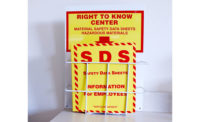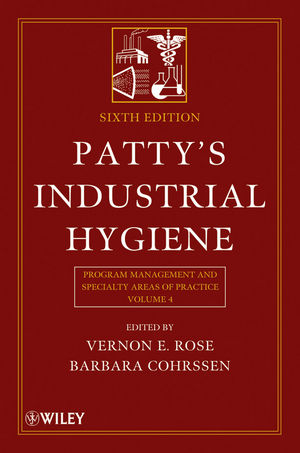By Ron Gantt, CSP, ARM, CET, Vice President of Safety Compliance Management
Step 1– Pre-Job Planning
As Steven Covey said, begin with the end in mind. If you want your project to end safely, create solid safety specifications for any contractor that walks into the door, rather than leaving it to chance. Every job should begin with a thorough risk assessment where the applicable hazards and risks are identified, analyzed and prioritized. Then you can implement specifications to make sure risks are reduced to acceptable levels.
By doing this you can influence the design of the project to ensure that safety is considered at all phases.
You can also implement controls into the design that assist in implementing other safety controls, such as ensuring adequate anchor points exist in those areas where employees may need to use fall protection.
In the early phases there may not be enough information to identify all hazards and risks, which is why the risk assessment process should continue throughout the project. But the earlier we can start identifying and reducing risks the easier they are to deal with.
Step 2– Prequalification
This is arguably the most important part of contractor management.
If you may be held responsible for contractor safety performance, wouldn’t it make sense to look at the safety performance of the contractor BEFORE they get in the door?
This can be accomplished through looking for a combination of lagging indicators (e.g. incidents rates, EMRs, etc.) and leading indicators (looking at the management systems that are in place, the contractor’s internal training programs, whether or not the contractor uses safety as a criteria for selection and development of employees, etc.).
What you look at should be based on the risks of the job, with the higher risk jobs requiring more indicators to show positive safety performance. But if you’re not screening contractors based on safety performance you shouldn’t be surprised when you have to deal with a contractor that doesn’t have a mature safety management system.
Step 3– Orientation
Once you’ve identified the job specifications and you’ve found your contractor with a mature management system, then next step is to ensure that the contractor is aware of the requirements to do the job safely. There should be separate sessions for both contractor employees and contractor supervisors, since supervisors are vital to the success of the project.
One of the biggest mistakes many organizations make in the orientation process, however (outside of not having an orientation), is to turn the orientation into a negative experience.
Make the orientation only as long as it needs to be and do not talk down to the contractors. Instead, remember that you brought these contractors onsite at least partially because they have a good safety program. Acknowledging that and getting their input as part of the process can go a long way to building trust and cooperation, which is vital to building a strong safety culture.
Step 4– Feedback
The first three steps built the foundation for a safe project, now we need to follow through with feedback about the process.
Remember, although they are professionals, the contractors are visitors to your site and may not be aware of your specific policies, procedures, hazards, etc. So providing timely feedback, particularly in the early stages of the contractor’s safety performance is crucial.
Feedback should come in two ways – to supervisors and to employees. For supervisors, schedule a meeting to look at leading and lagging indicators for the project and make appropriate adjustments.
After the job, provide feedback to the contractors and to your overall prequalification system for consideration of future jobs.
For employees, providing positive reinforcement for those contractor employees who are following your job specifications (Step 1) goes a long way to getting the results you want and creating a culture of trust rather than of punishment and fear.
Certainly, each of these steps require careful consideration on how they can best be implemented in your organization. One of the best ways to learn about innovative solutions is through networking with other professionals about what works and what doesn’t
Source: Select International




